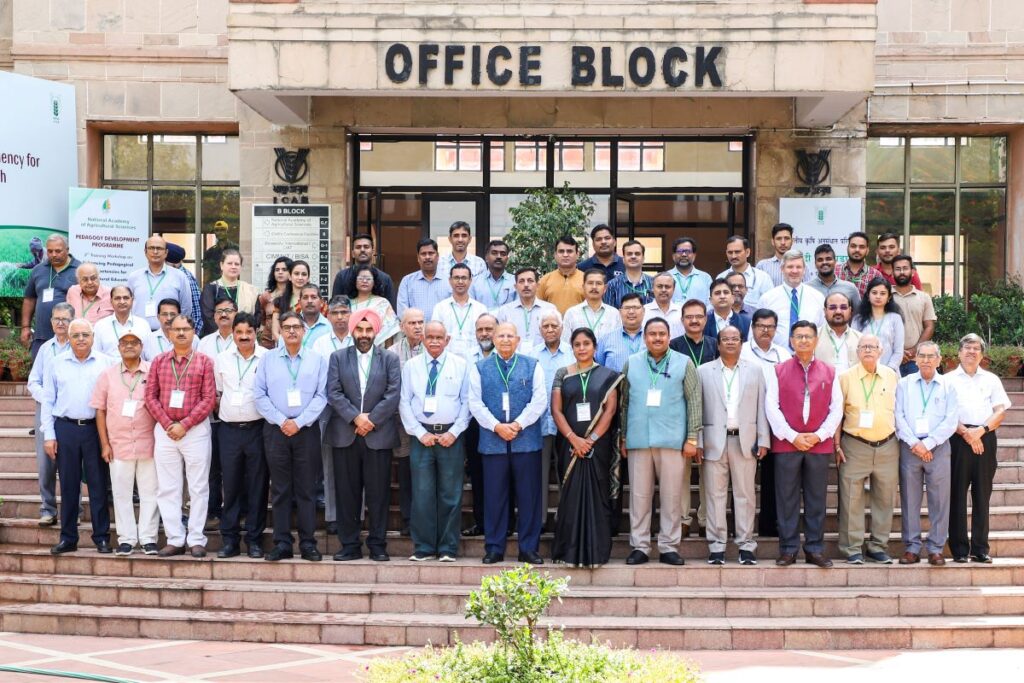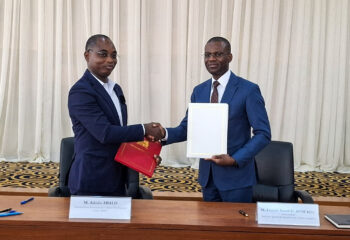
Fertilizers play a crucial role in the sustainability of global agriculture, providing the necessary nutrients to crops for optimum growth and yield. With the increasing global population and the need for food and nutritional security, the demand for fertilizers is rising.
The transformation of Indian agriculture to self-sufficiency, through a combination of a technology boost, investments in infrastructure, policy initiatives, and skilled human resources, has been successful over the past six decades. A more than sixfold increase in food grain production surpassed the country’s quadrupled population growth, but this came with a 464-fold increase in fertilizer consumption. India has become the second largest consumer and highest importer of fertilizers, with a more than a 6 percent average annual increase since the 1970s, and currently accounts for 16.1 percent of global fertilizer use.
Over the years, the Government of India has ensured the availability of fertilizer to farmers at subsidized prices, resulting in a huge financial burden of around U.S. $25 billion in 2022/23. While technology-led growth resulted in increased food production, it enhanced the agro-eco-environmental challenges of overexploitation of natural resources, such as soil, water, and biodiversity, decreasing nutrient use efficiency and factor productivity, depleting soil health, and increasing the effects of climate change. Low use efficiency results in a considerable waste of resources as well as a drain on foreign exchange, as the country imports almost 25, 90, and 100 percent of nitrogen (N), phosphorous (P), and potassium (K) as finished products or as raw materials. The projections suggest that India may need to double its fertilizer use by 2050 to feed its booming, and increasingly affluent, population. Therefore, these problems are of utmost concern for industry, farmers, researchers, and policymakers.
The Trust for Advancement of Agricultural Sciences (TAAS), a neutral think tank, and the Indian Council of Agricultural Research (ICAR), in collaboration with IFDC, organized a stakeholder dialogue on “Enhancing Fertilizer Use Efficiency for Sustainable Soil Health” September 28-29 in New Delhi. More than 100 diverse stakeholders, including researchers, policy planners, development officials, representatives of the private sector, and progressive farmers, deliberated on this important issue and suggested pragmatic reforms in soil health and plant nutrient sources and technologies in India, as they realize the cost of inaction will be tremendous.
Dr. B.S. Dwivedi, member of the Agricultural Scientists Recruitment Board (ASRB), noted that the government should focus on incentivizing the efficient use of fertilizers by linking them with soil health cards and the Prime Minister’s Program for Restoration, Awareness, Nourishment, and Amelioration of Mother Earth (PM-PRANAM). Dr. Himanshu Pathak, Secretary of the Department of Agricultural Research and Education (DARE) and Director General of ICAR, emphasized undertaking research on agroeconomic evaluation of specialty fertilizers by strengthening cooperation between public sector institutions and the fertilizer industry to move forward innovations from the lab to land aimed at commercialization.
The fertilizer industry must become more competitive and innovative in developing, testing, and manufacturing high-quality improved fertilizer blends, coatings, compounds, and organo-mineral products at different production scales to replace or modify the traditional fertilizer formulations, especially urea. Dr. Upendra Singh, IFDC Vice President of Research, suggested the mechanization of fertilizer deep placement integrated with regenerative agriculture is low-hanging fruit for promoting the “4R” concept for enhancing nutrient use efficiency and linking smallholder farmers with green credits/carbon farming.
“The country needs to double fertilizer and nutrient use efficiency by investing in fertilizer technology, innovation, research, and extension by 2030.”
Dr. Raj Paroda, IFDC Board Member
Paroda also suggested that investment in efficient fertilizer products (organo-mineral fertilizers, multi-nutrient granules, slow-release fertilizers) and technologies will help decrease the subsidy budget by 50 percent and reduce the carbon footprint by 30 percent. During the deliberations, participants also mentioned:
- Creating a Center of Excellence on fertilizers in a public-private-producer partnership approach along with a pilot plant to promote scientific innovations in fertilizer technologies.
- Reorienting the current fertilizer subsidy policy into incentive-focused under the PM-PRANAM through a linkage with a soil health card for balanced nutrient application.
- Developing district-wise soil health maps every five years under the One Health initiative by establishing a soil conservation fund and incentivizing farmers to maintain the soil organic carbon above 0.5 percent.
- Revisiting the Fertilizer Control Order to expedite the registration process of new fertilizer carriers/molecules through a scientific data-backed system.
- Incentivizing nutrient recycling (organo-minerals) through industrial processing of wastes, such as sewage sludge, poultry manure, and distillery spent wash, with the goal of generating 1 metric ton per year of recyclable nutrients through indigenous or industrial processing of wastes for integrated nutrient management, targeting 75 percent mineral and 25 percent organic nutrients.
- Updating and revising the package of practices recommended for use in the country and intensifying efforts for promoting their wider adoption through the state agricultural universities for including climate-smart fertilizers (slow-release, water-soluble fertilizers, controlled-release fertilizers, organics).
- Concentrating efforts toward the mechanization of fertilizer deep placement by redesigning and innovating multi-crop, multi-utility machinery for deep placement of fertilizers to decrease losses and reduce the carbon footprint, with simultaneous improvement in fertilizer use efficiency.
- Developing protocols, through a collaboration between the Ministry of Environment, Forest, and Climate Change (MoEF&CC) and ICAR, for the measurement, reporting, and verification of carbon farming/green credit practices, including enhanced fertilizer use and efficient technologies for smallholder farmers.
- Creating a new agribusiness model-oriented approach to understand fertilizer-based innovations from a business perspective, with scalable adoption and markets, to become self-sufficient in urea production, as there is a need to enhance recovery efficiency by upgrading the existing plants.
The recommendations put forth, ranging from incentivizing efficient fertilizer use to reorienting subsidy policies, underscore the need for strategic reforms. The emphasis on innovation, research, and collaboration to enhance fertilizer use efficiency aligns with the vision of a sustainable and resilient agricultural future and must be addressed.




